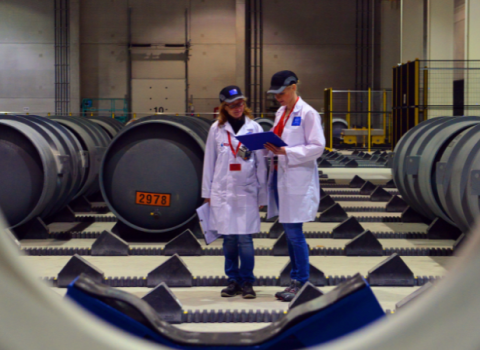Dutch researcher Bas Bougie has developed a laser system for investigating the formation of soot (particulates) in diesel engines, for use in the development of cleaner burn engines.
The technique, Laser Induced Incandescence (LII) shows exactly where soot is generated, a difficult thing to assess, since the turbulent environment in the combustion cylinder means no two combustion cycles are the same.
In addition, the pressure at which fuel is injected into the cylinder causes an extra source of turbulence. Bougie made his measurements in a glass cylinder with an engine adapted for this purpose.
LII can be used to investigate optimal conditions for combusting diesel to reduce emissions of particulates, and can be applied to different types of engines and different fuels.
Bougie has measured outputs during higher and lower loading of the engine, and for two different fuel injection systems; a line pump system and a common rail system. Neither the engine load nor the injection system was found to affect size of particulates that were emitted.
The research was part of a programme of the Institute for Molecules and Material, of the Radboud University Nijmegen and was performed in cooperation with the Paul Scherrer Institute in Switzerland.





 A unique international forum for public research organisations and companies to connect their external engagement with strategic interests around their R&D system.
A unique international forum for public research organisations and companies to connect their external engagement with strategic interests around their R&D system.